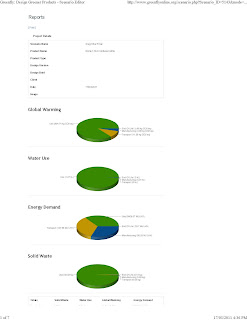
The task of designed not only a product but also a service system that is a part of this increases the difficulty of the task exponentially. The reason being that one is required to consider the effectiveness of the product from far more perspectives. In particular from a design perspective one cannot look at the product purely from an aesthetic point of view. In fact one needs to look at the entire lifecycle of the product with a strong push on the use stages of this cycle. From a purely hypothetical point of view this is extremely difficult as the only source of real fact is from similar product service systems that exist. More often than not these are not very closely related. It can be likened to building something entirely on the computer and encountering difficulties when you start production. This may be to small overlooks of manufacturing technicalities.
Industrials must consider product service systems as possible solutions to problems they encounter. The reason being that a PSS is able to influence a far greater number of people than an individual product. It can be a more environmentally friendly solution, more economically viable and generally better. However, one must not get obsessed with such things as there is still a definite place in design for pure design. As this allows designers a means of self expression which may otherwise be lost and design will slowly transcend creativity into a theoretical and hypothetical practice.
Determining a PSS concept that has a degree of viability is extremely difficult. It is not a task that is to be underestimated. It requires immense research and thought. Thus it is a great form of mental stimulation and a good challenge. However, in my opinion my preference still remains design tasks which allow for more risk to be taken and are a greater expression of ones choice. Thus my most liked part of creating a PSS was the development and creation of the products that support the service. The theoretical side and research is the most laborious and tedious. Hence, this was my least favoured part. I think that this is quite understandable given the nature of design.














